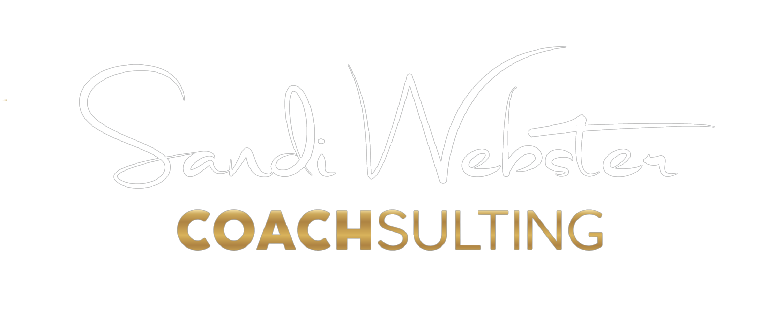Systems you need to grow your business
Unless you are a lifestyle business, you want to scale – a little or exponentially. Many business owners do not know they need to put systems in place to have repetitive sales, retention of employees and tracking their billing.

Why do you need to have a system, and not just any system, but a process-driven one? A step-by-step system allows the owner to develop a repeatable process – something that someone new to the job can pick up and utilize.
One such system is Systemology®, a software that creates time, reduces errors, and scales profits with proven business systems for business owners. Per Linda Hamilton, a Systemologist® and CPA, there are four steps to creating a system:
- Survival. In this phase, the business owner thinks they must be the ones to systemize and document the process. The truth is that they are the worst ones to create the process. The team will fight it because they will hate the process.
- Stationary. The stationary step extracts information from the owner’s head. The intention is to transfer the knowledge from the owner to a document that is easily accessible by the team. It is used to generate a unified approach to how you run your business so everyone is on the same page. It is also excellent for training new team members during the onboarding process.
- Scalable. When a company is scalable, most of their documents are systematized. There is still work to be done; however, the key processes are documented. The solutions you use might be clunky but the foundation on which to build is laid. Some documents might need further updating as processes and procedures change due to regulatory requirements or a strategic change is made.
- Saleable. You are working with precision. Your documentation is complete and there is a regular review and update process in place.
Another software that is necessary to a growing company is to have one software for your human resources process as you add and onboard employees. HR software automates applicant tracking, onboarding, payroll & everything in between. Depending on the stage of business you are in, you are probably using spreadsheets and unwieldy paperwork to document your employment activities. You also might have different pieces of software for each part of the process. Once you are fully prepared for sale, most owners have one software that takes care of everything.
For example, in my former company that I sold, here is what I used for HR in different stages of my business:
- As a new business owner, in the survival state, we had a business school create the software for our HR process as a part of their Capstone program. We used it for years, but the problem occurred when I had breakages in the system and the students who created it were no longer in the program to fix it. Aaargh!!
- As a business owner in the stationary phase, we had to upgrade our software to get off-the-shelf software that is regularly updated and had a support team that can fix breakages. We used a software that was extremely flexible and took us through the scalable phase of business. However, that software included only a small portion of our sales and no billing, but we lived with that for many years.
- Once we started preparing for sale, we again upgraded our software to include our sales and billing processes. It gave us an all-around view of the business from hiring and onboarding an employee to collections from vendors. Our sales team included their projects so we could appropriately compensate them with bonuses. This system was easy to pull reports for a full business overview.
Businesses that are building to sell or ready to sell must remember that buyers purchase systems. If people leave the company, they still have the handbook to run the business. You never know when you might get an offer for your business, so ensure that all systems are go!

